Home>Gardening & Outdoor>Pool & Spa Care>What Causes High Phosphates In Hot Tub
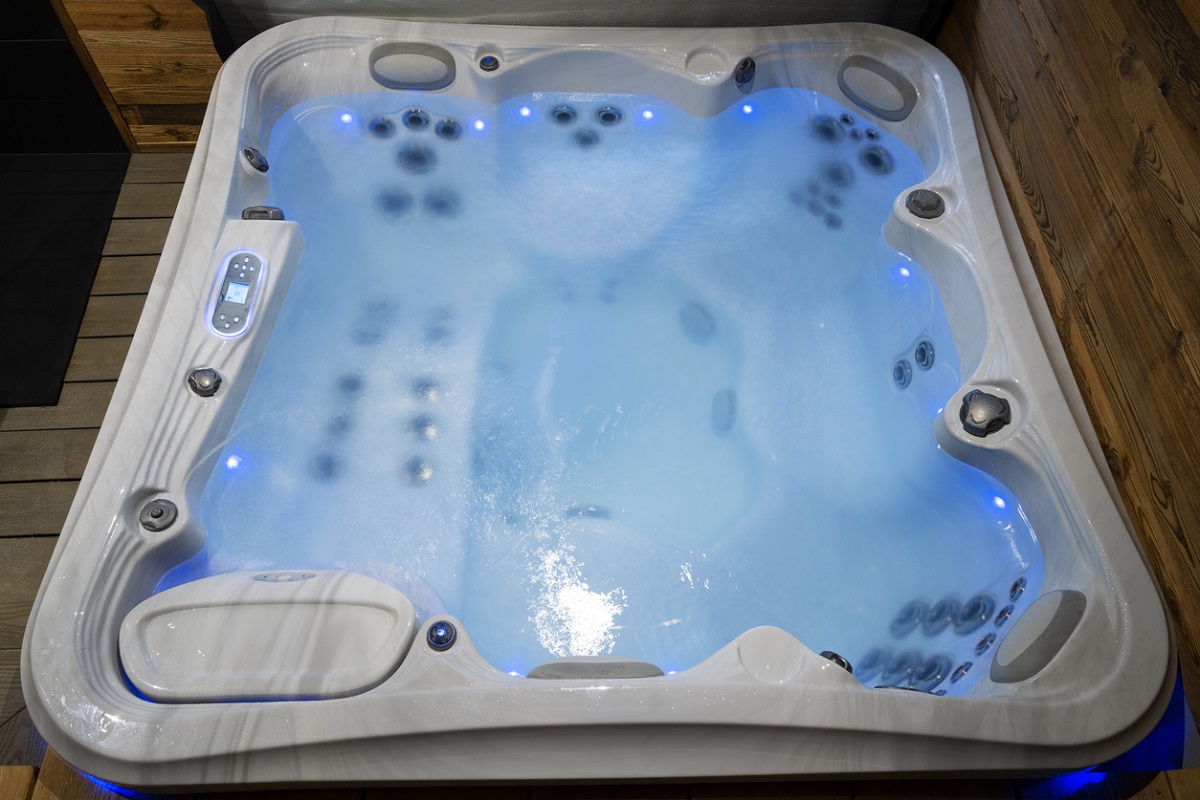

Pool & Spa Care
What Causes High Phosphates In Hot Tub
Modified: February 26, 2024
Learn about the causes of high phosphates in hot tubs and effective pool and spa care tips to maintain water quality. Discover solutions for managing phosphate levels.
(Many of the links in this article redirect to a specific reviewed product. Your purchase of these products through affiliate links helps to generate commission for Storables.com, at no extra cost. Learn more)
Introduction
Welcome to the world of hot tubs, where relaxation and rejuvenation await. As a proud owner of a hot tub, you understand the importance of maintaining its water quality. However, you may encounter a common issue that disrupts the pristine balance of your hot tub water: high phosphate levels.
In this comprehensive guide, we will delve into the intricacies of phosphates and their impact on hot tub water. By understanding the causes, effects, and solutions for high phosphate levels, you can ensure that your hot tub remains a haven of tranquility for years to come.
So, let's embark on a journey to unravel the mysteries of high phosphates in hot tubs and equip ourselves with the knowledge to address this concern effectively. Whether you are a seasoned hot tub enthusiast or a newcomer to the world of aquatic bliss, this guide will empower you to conquer the challenge of high phosphate levels and preserve the crystal-clear allure of your hot tub water.
Key Takeaways:
- Combat high phosphate levels in your hot tub by using phosphate remover products, enhancing filtration, and maintaining balanced water chemistry to ensure crystal-clear water and a pristine hot tub experience.
- High phosphate levels can lead to algae growth, cloudy water, reduced sanitizer efficiency, and scaling. Implement proactive measures such as water replacement and minimizing phosphate inputs to maintain optimal water quality.
Read more: What To Do If Stabilizer Is High In Hot Tub
Understanding Phosphates
Before diving into the causes and effects of high phosphate levels in hot tubs, it’s essential to grasp the nature of phosphates and their role in water chemistry. Phosphates are naturally occurring compounds that consist of phosphorus and oxygen atoms. In aquatic environments, phosphates can enter the water through various sources, including organic matter, fertilizers, and detergents.
Phosphates play a crucial role in promoting plant growth, and while this is beneficial in natural ecosystems, excessive phosphate levels can trigger undesirable consequences in hot tubs. When phosphates accumulate in hot tub water, they can fuel the growth of algae, thereby compromising water clarity and sanitation.
Furthermore, phosphates can act as a stubborn adversary to traditional water treatment methods, as they can resist degradation and persist in the water, posing a persistent challenge for hot tub owners. By comprehending the nature of phosphates and their propensity to disrupt water quality, you can adopt a proactive approach to mitigate their impact and preserve the pristine condition of your hot tub.
Now that we’ve established a foundational understanding of phosphates, let’s delve into the common causes of high phosphate levels in hot tubs and unravel the factors that contribute to this prevalent issue.
Common Causes of High Phosphates in Hot Tubs
High phosphate levels in hot tubs can stem from a variety of sources, and identifying these sources is pivotal in effectively managing and preventing phosphate-related issues. Here are some common causes of elevated phosphate levels in hot tub water:
- Tap Water: The water used to fill your hot tub may already contain trace amounts of phosphates. While these levels are typically low, they can contribute to the overall phosphate load in your hot tub over time.
- Chemical Additives: Certain water treatment products and chemicals, such as some pH adjusters and clarifiers, may contain phosphates as inactive ingredients. Regular use of these products can gradually elevate phosphate levels in the water.
- Organic Contaminants: Organic debris, such as leaves, pollen, and other plant matter, can introduce phosphates into the hot tub water as they decompose. Additionally, bodily oils, sweat, and cosmetics from hot tub users can contribute to the organic phosphate load.
- Unbalanced pH and Alkalinity: When the pH and alkalinity levels in the hot tub water are not properly maintained, it can create an environment conducive to phosphate accumulation. Imbalanced water chemistry can exacerbate the persistence of phosphates in the water.
- Use of Phosphate-Containing Products: Some cleaning agents, soaps, and personal care products used by hot tub users may contain phosphates. When these substances enter the hot tub water, they can incrementally elevate phosphate levels.
By recognizing these common sources of high phosphate levels, hot tub owners can take proactive measures to mitigate phosphate accumulation and preserve water quality. In the next section, we will explore the effects of high phosphates in hot tubs, shedding light on the repercussions of elevated phosphate levels on water clarity and overall hot tub maintenance.
To reduce high phosphates in a hot tub, use a phosphate remover product specifically designed for hot tubs. Regularly clean the filters and water to prevent buildup. Avoid using products with phosphates, such as some algaecides and clarifiers.
Effects of High Phosphates in Hot Tubs
High phosphate levels in hot tubs can precipitate a cascade of detrimental effects that compromise water quality and diminish the overall hot tub experience. Understanding these effects is crucial for hot tub owners to grasp the urgency of managing phosphate levels effectively. Here are the primary effects of high phosphates in hot tubs:
- Algae Growth: Elevated phosphate levels create an environment conducive to rapid algae proliferation. Algae can impart a greenish tint to the water, compromise water clarity, and create unsightly patches on hot tub surfaces. Additionally, algae growth can escalate the demand for sanitizers and require rigorous cleaning efforts to eradicate.
- Cloudy Water: Phosphate accumulation can contribute to water cloudiness, diminishing the aesthetic appeal of the hot tub and impeding visibility within the water. Cloudy water detracts from the overall ambiance of the hot tub and may indicate broader water quality issues.
- Reduced Sanitizer Efficiency: High phosphate levels can impede the efficacy of sanitizers, such as chlorine or bromine, in combating microbial contaminants. This reduction in sanitizer efficiency can compromise the hot tub’s ability to maintain hygienic conditions and control the growth of bacteria and other pathogens.
- Scaling and Staining: Phosphates can contribute to scale formation on hot tub surfaces and equipment, leading to unsightly deposits and potential damage to the hot tub components. Additionally, phosphate-related staining can mar the visual appeal of the hot tub, necessitating additional maintenance efforts to address.
By comprehending the effects of high phosphates, hot tub owners can appreciate the urgency of addressing phosphate-related issues and implementing strategies to restore water clarity and sanitation. In the subsequent section, we will explore effective ways to lower phosphate levels in hot tubs, equipping you with actionable insights to combat this pervasive challenge.
Ways to Lower Phosphate Levels in Hot Tubs
Successfully mitigating high phosphate levels in hot tubs involves a multifaceted approach that encompasses proactive maintenance, strategic water treatment, and diligent adherence to best practices. By implementing the following methods, hot tub owners can effectively lower phosphate levels and restore the pristine clarity of their hot tub water:
- Phosphate Remover Products: Utilize phosphate remover products specifically designed for hot tubs. These products work to bind and precipitate phosphates, effectively reducing their concentration in the water. Regular application of phosphate removers can help maintain optimal phosphate levels.
- Enhanced Filtration: Upgrade to a high-quality, fine filtration system to effectively capture and remove organic debris and particulate matter that may contribute to phosphate accumulation. Regularly cleaning or replacing the filter cartridges is essential to ensure optimal filtration efficiency.
- Water Replacement: Partially draining and refilling the hot tub with fresh water can dilute the phosphate concentration. Prior to refilling, it’s crucial to use a phosphate test kit to assess the current phosphate levels and monitor the impact of the water replacement.
- Source Water Analysis: If high phosphate levels persist, consider conducting an analysis of the source water used to fill the hot tub. Identifying elevated phosphate levels in the source water can prompt the implementation of targeted treatment strategies to mitigate phosphate introduction.
- Minimize Phosphate Inputs: Evaluate and minimize the use of phosphate-containing products, such as certain cleaning agents, soaps, and personal care products, in and around the hot tub. Encourage hot tub users to adhere to phosphate-conscious practices to limit additional phosphate introduction.
- Optimized Water Chemistry: Maintain balanced pH and alkalinity levels in the hot tub water, as proper water chemistry can deter phosphate accumulation. Regularly testing and adjusting the water chemistry parameters is essential to create an environment less conducive to phosphate buildup.
By integrating these proactive measures into your hot tub maintenance routine, you can effectively combat high phosphate levels and safeguard the water clarity and sanitation of your hot tub. Consistent vigilance and proactive management are key to preventing the resurgence of phosphate-related issues and preserving the inviting allure of your hot tub.
With a comprehensive understanding of the causes, effects, and solutions related to high phosphates in hot tubs, you are now equipped to navigate this challenge with confidence and ensure that your hot tub remains a sanctuary of relaxation and rejuvenation for years to come.
Conclusion
Congratulations on embarking on a journey to unravel the complexities of high phosphate levels in hot tubs. By delving into the intricate interplay of phosphates and hot tub water quality, you have gained valuable insights into the causes, effects, and solutions related to this pervasive issue. Armed with this knowledge, you are well-prepared to uphold the pristine clarity and sanitation of your hot tub water.
As you navigate the realm of hot tub maintenance, remember that proactive measures and consistent vigilance are paramount in managing phosphate levels and preserving the inviting allure of your hot tub. Whether you are implementing phosphate remover products, enhancing filtration, or optimizing water chemistry, your dedication to maintaining optimal water quality will ensure that your hot tub remains a haven of tranquility for you and your guests.
Furthermore, by fostering a deeper understanding of the impact of phosphates on hot tub water, you are empowered to make informed choices regarding water treatment products, source water analysis, and phosphate-conscious practices. This proactive approach will fortify your ability to mitigate phosphate accumulation and sustain the pristine condition of your hot tub.
As you embark on this ongoing journey of hot tub maintenance, remember that the rewards of crystal-clear water and a revitalizing hot tub experience await. By integrating the strategies outlined in this guide and remaining attentive to the nuances of phosphate management, you can ensure that your hot tub continues to be a cherished retreat—a place where worries dissolve, and relaxation reigns supreme.
With your newfound knowledge and unwavering commitment to water quality, you are poised to conquer the challenge of high phosphates in hot tubs and bask in the tranquil oasis that your hot tub embodies. Here’s to the enduring allure of your hot tub and the countless moments of serenity it will bestow upon you.
Frequently Asked Questions about What Causes High Phosphates In Hot Tub
Was this page helpful?
At Storables.com, we guarantee accurate and reliable information. Our content, validated by Expert Board Contributors, is crafted following stringent Editorial Policies. We're committed to providing you with well-researched, expert-backed insights for all your informational needs.
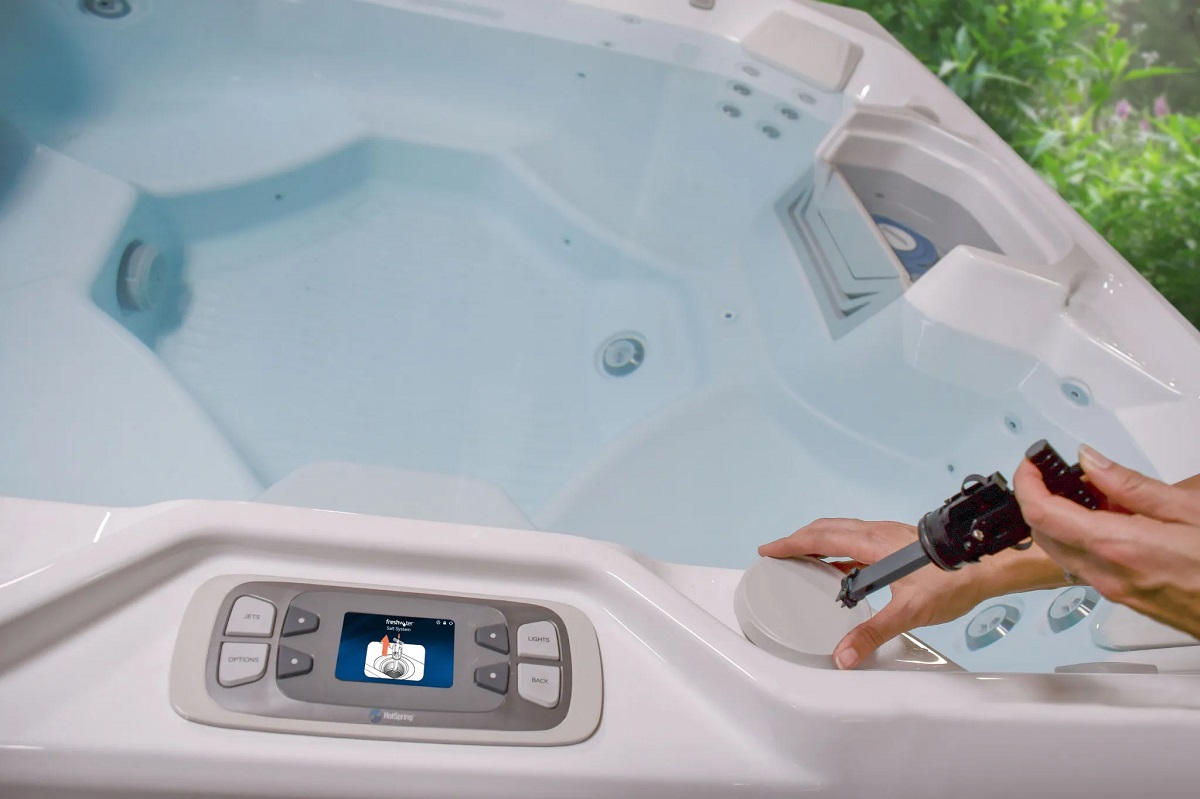
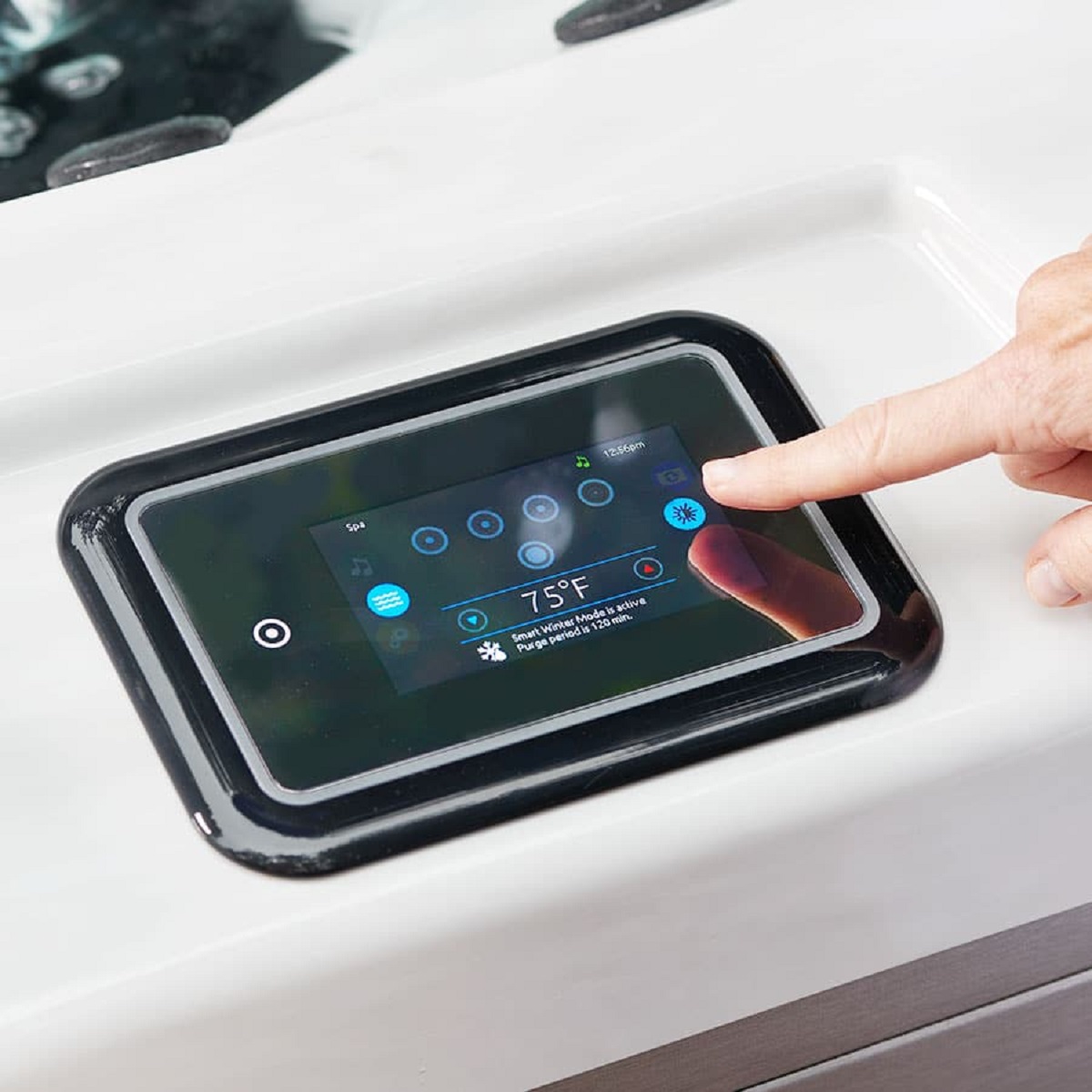

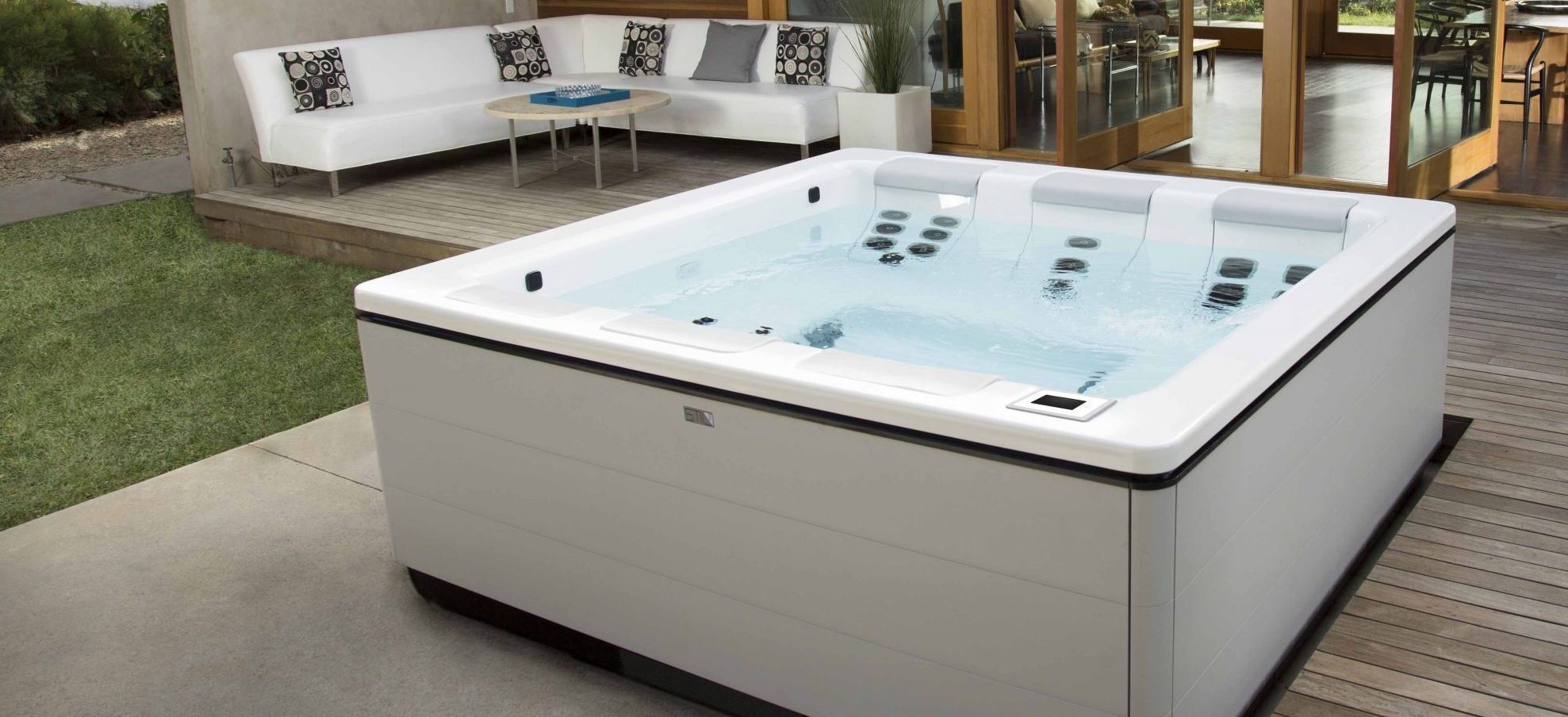
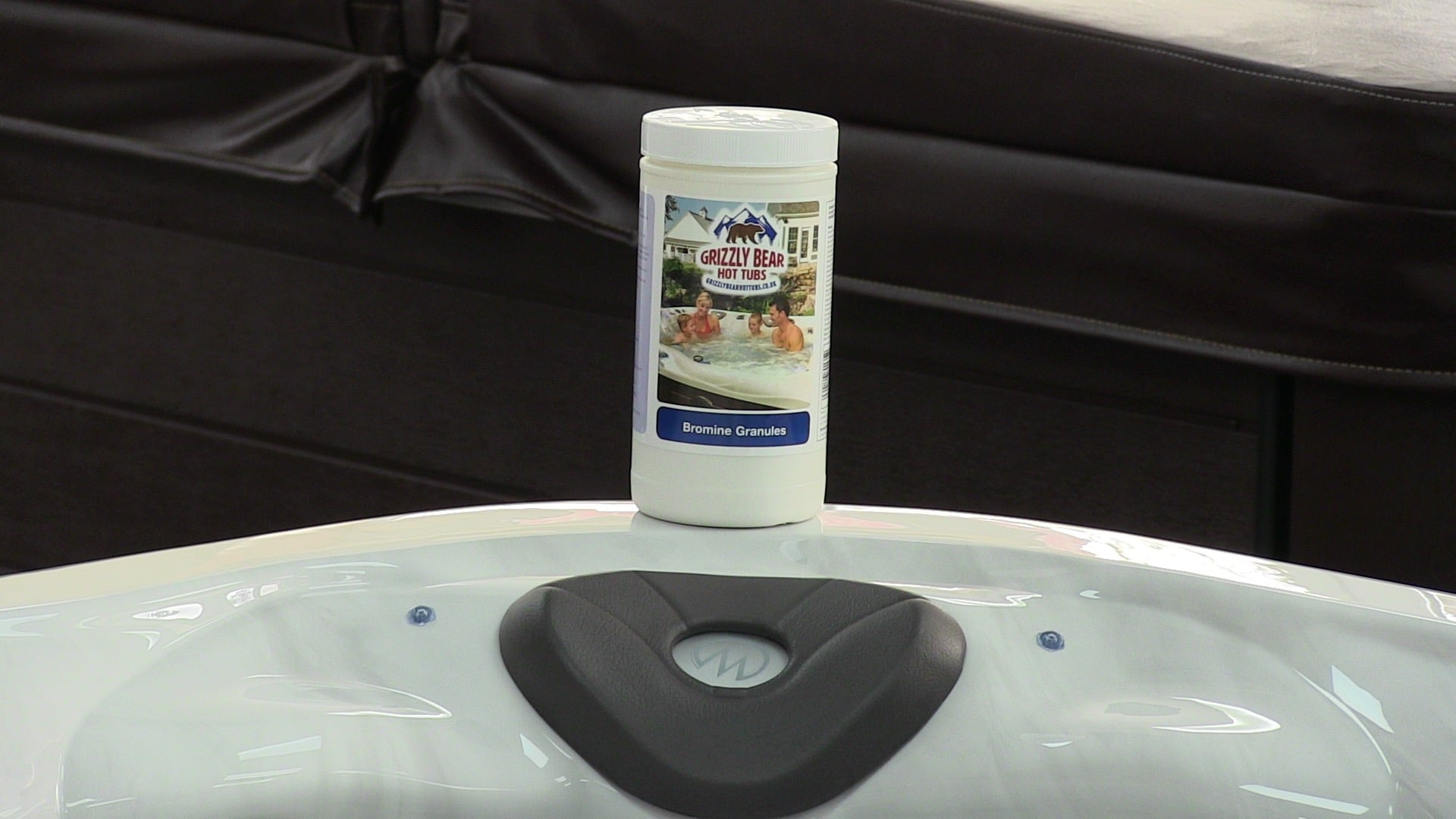
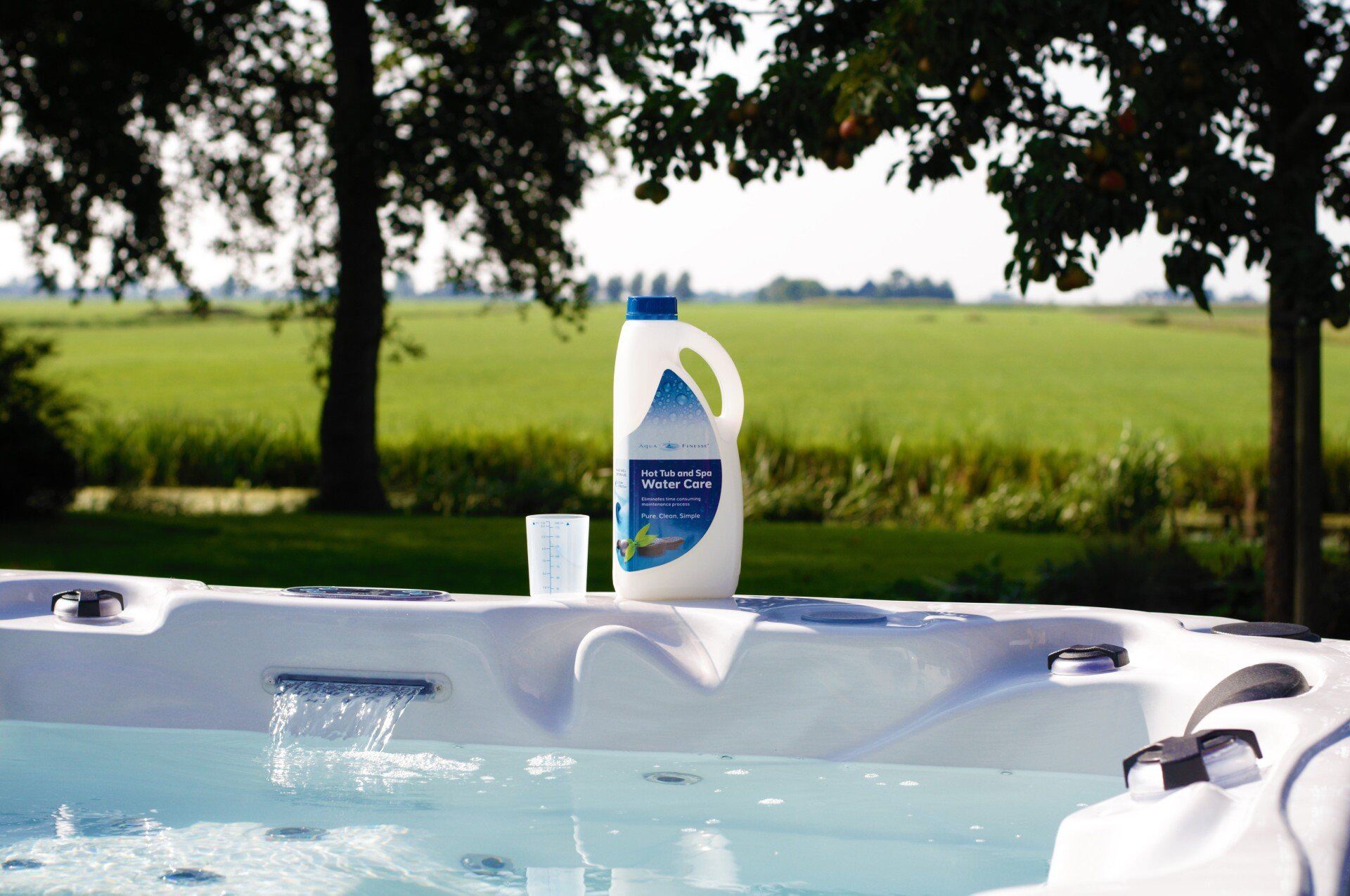
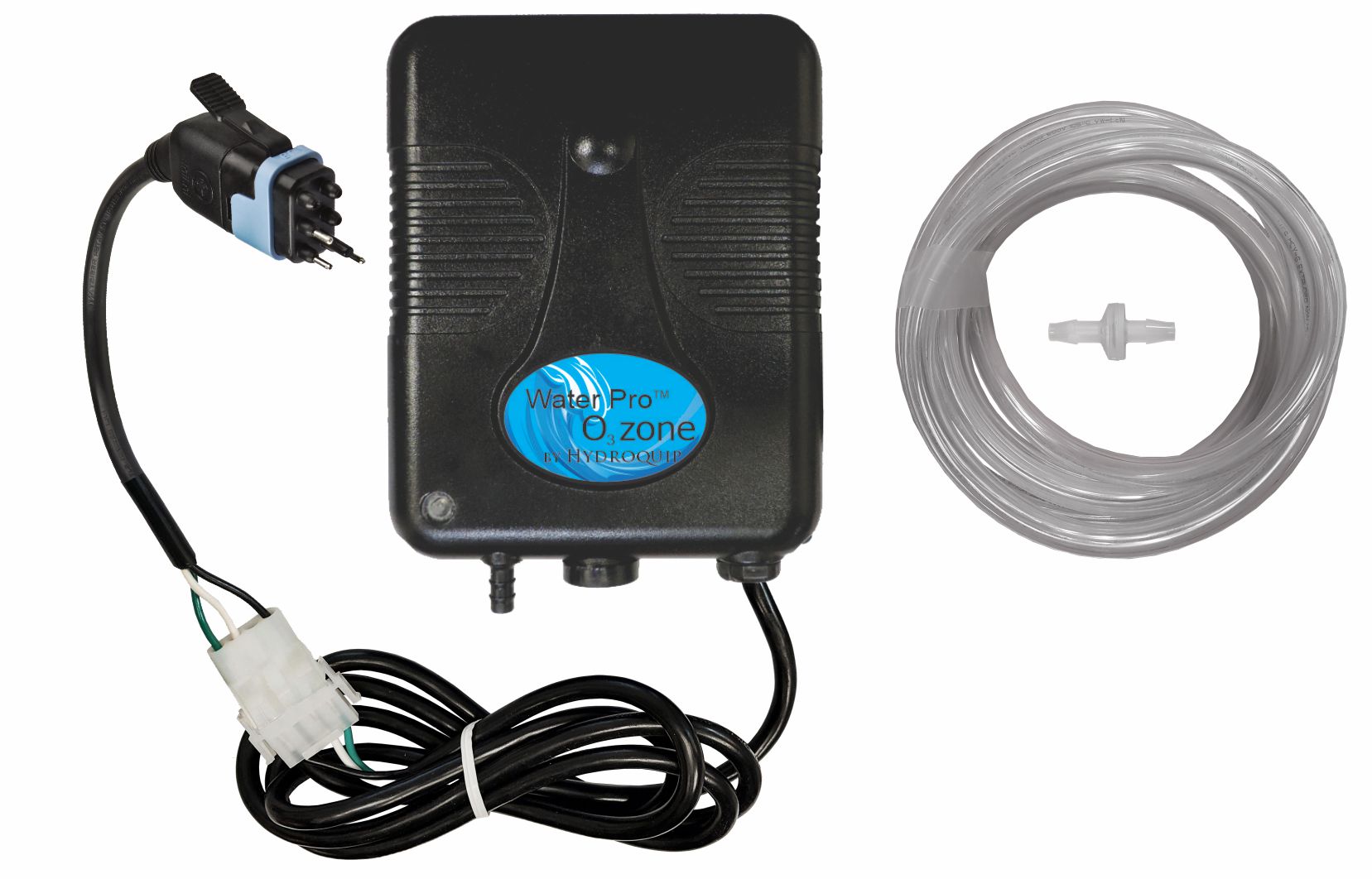
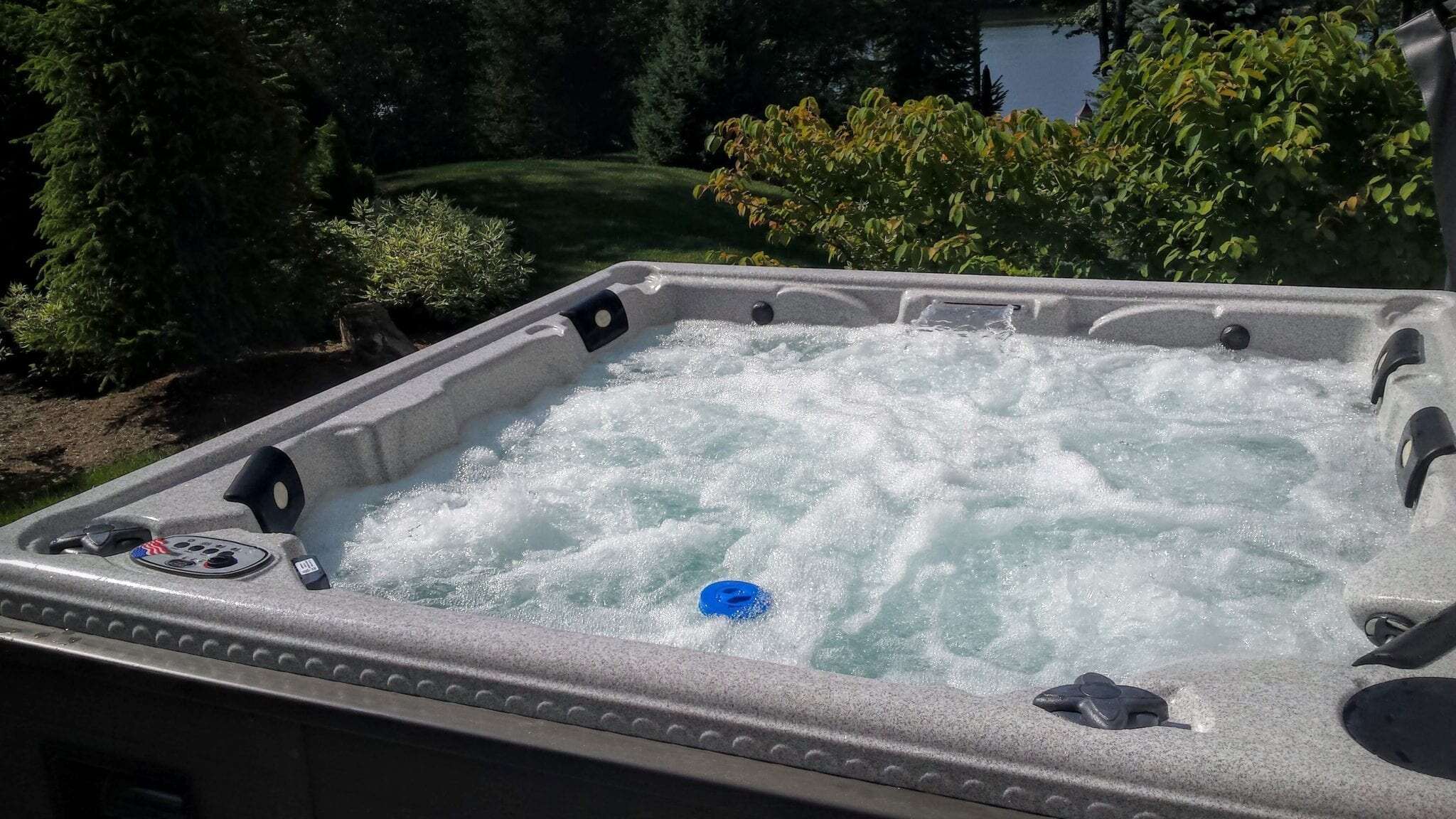

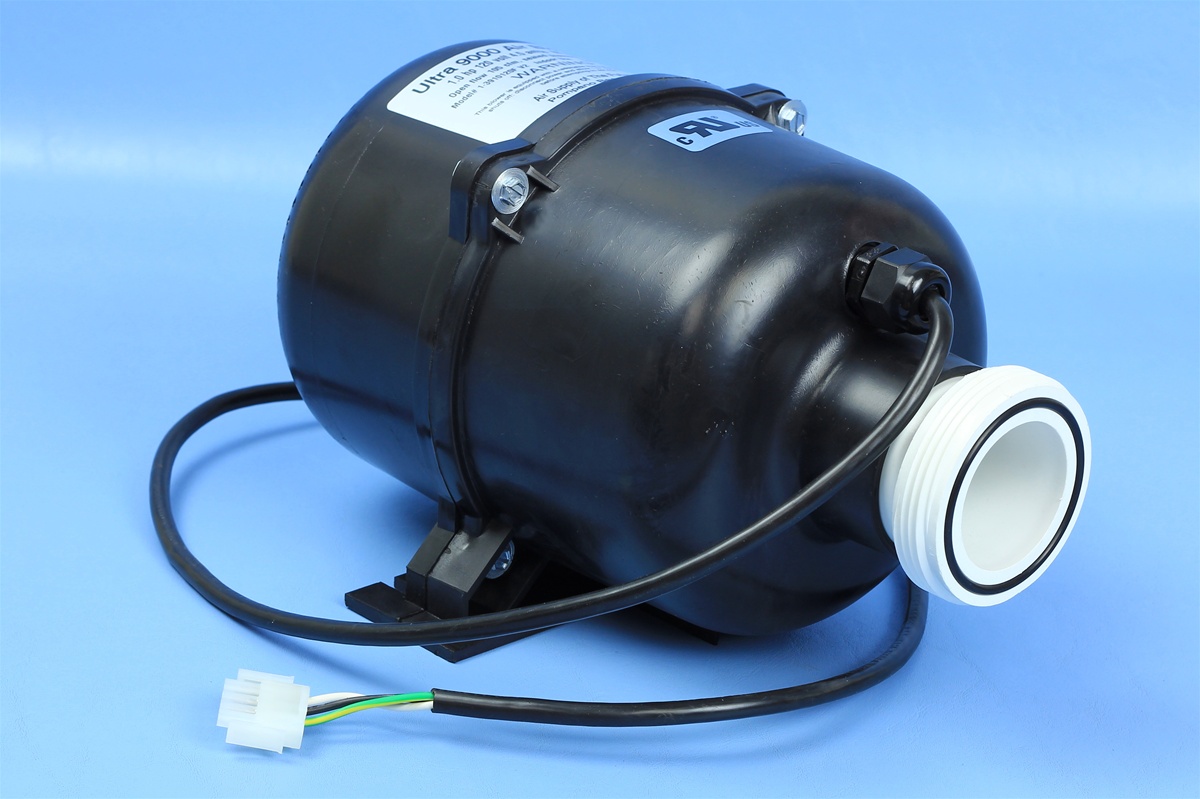
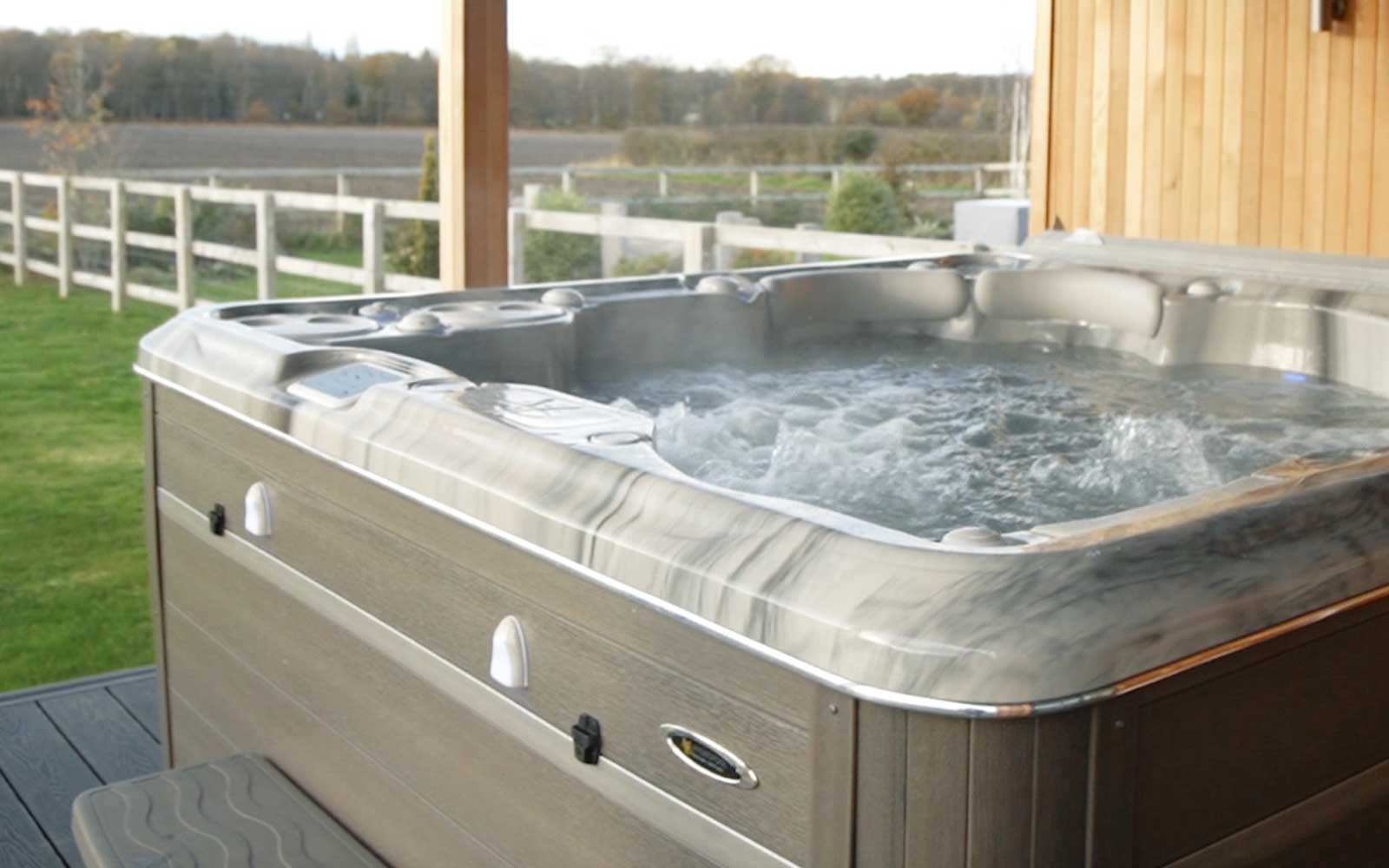

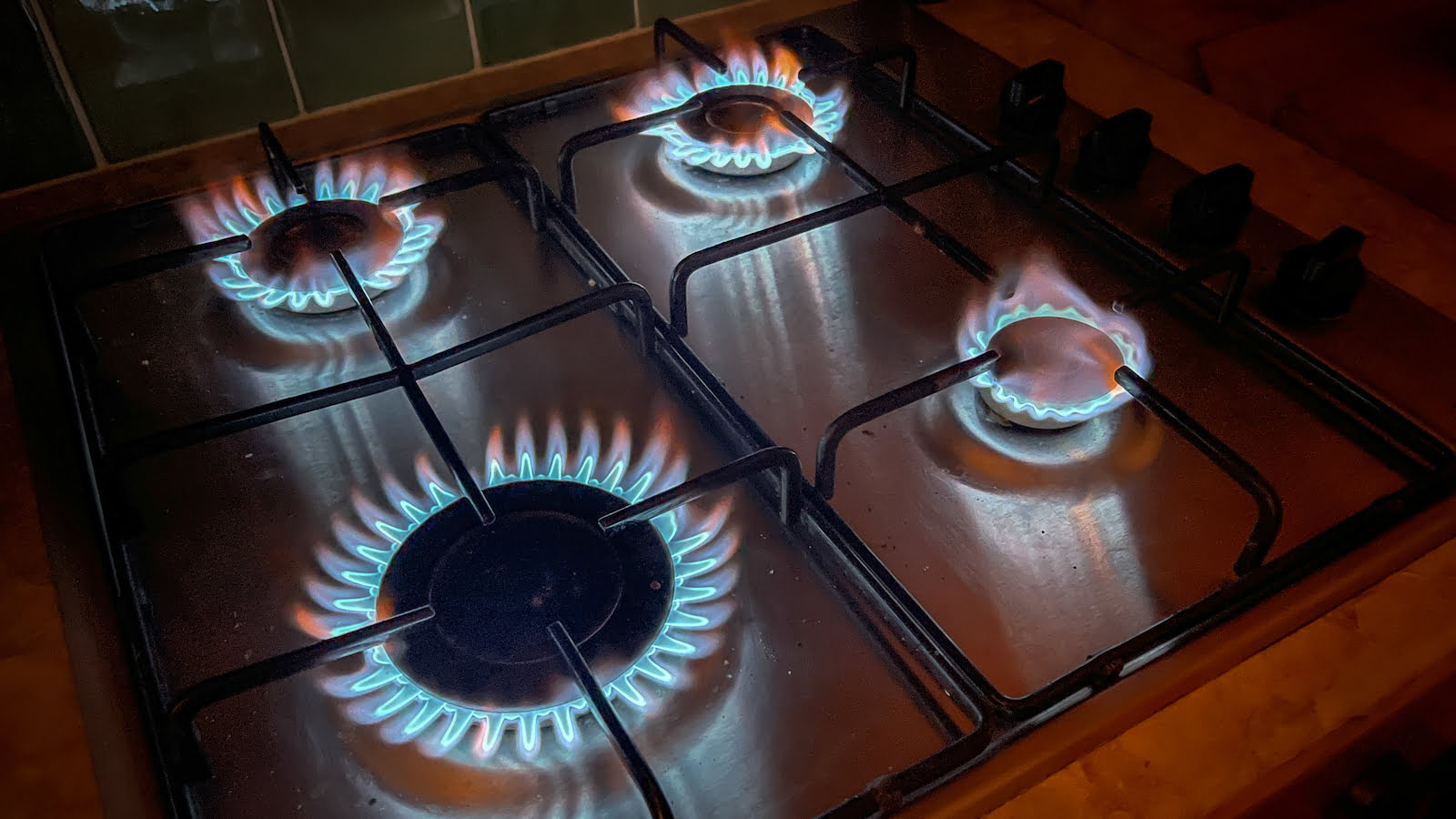


0 thoughts on “What Causes High Phosphates In Hot Tub”